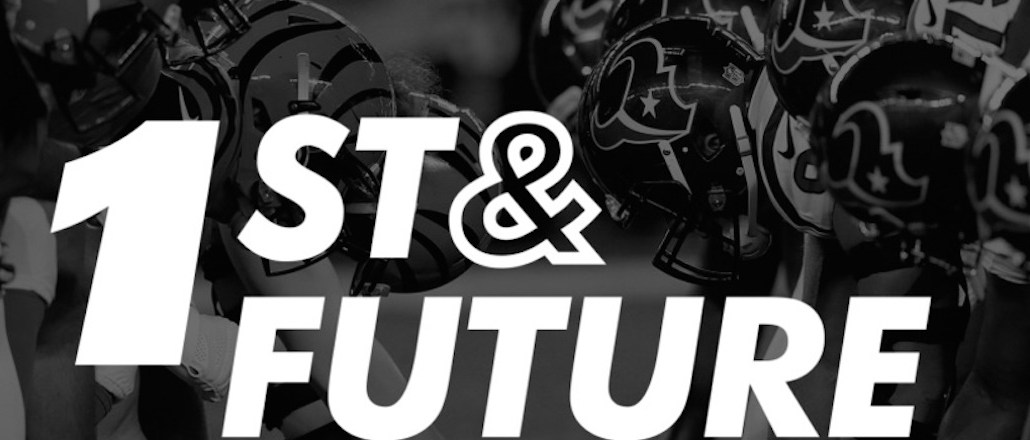AOL wants TechCrunch and Engadget to reach beyond tech readers

Arianna Huffington has big ambitions for The Huffington Post, including being in 50 countries by 2020 and expanding its network of 100,000 contributors to 1 million. But parent company AOL’s plans extend to its tech portfolio, which includes TechCrunch and Engadget. Jimmy Maymann, president of content and consumer brands at AOL, talked with Digiday ahead of his keynote at Mobile World Congress on their growth potential. Here are the takeaways:
Exploring wider mandates for TechCrunch and Engadget.
Engadget recently got a digital makeover as part of a plan to expand its coverage to topics including science, culture, lifestyle and entertainment. Maymann said this was a natural move given technology has become so important to businesses and people, and he plans to monetize Engadget through native advertising.
Sister title TechCrunch has already attracted non-tech advertisers, helped by HBO’s recognition of its startup competition event, TechCrunch Disrupt, which the cable network then recreated for its own “Silicon Valley” series in 2014.
That kind of mainstream advertiser recognition helped open up a wider choice of partners that wouldn’t previously have been natural bedfellows when TechCrunch was a pure tech play, said Maymann.
For example, recently it partnered with NFL and Stanford’s Graduate School of Business, on a sports-centric start-up competition, one of whose categories was “The Future Stadium.” Start-ups were tasked with presenting a technology that would advance the “stadium experience of tomorrow.”
Maymann sees similar potential to broaden Engadget’s appeal beyond the U.S. and tech-focused readers. “In the last year, TechCrunch and Engadget have been some of the fastest-growing properties and have reached an inflection point,” he said. “If we can use both Engadget and TechCrunch to talk to that whole new audience who wouldn’t normally have gone to us, it opens up new opportunities.”
Not ruling out paid products.
AOL inherited Verizon’s Gen Y-aimed mobile video service Go90, which has a lot of sport content. Maymann describes Go90 as the “modern cable network for future generations” in which mobile phones have swapped places with the set-top box, and he said AOL is trying everything from six-second to 30-second videos and longer. “We have to accept that around half of mobile traffic is video traffic, so we have to ensure there is enough video across our properties,” he said.
Maymann also said he’s not ruling out paid products for Go90.
“We will test out some different models and figure out the right kind of content and audience that might suit them,” he said. “You need to always keep options open, and if we see something we could package up and charge for, obviously we owe it to our shareholders to test those scenarios.”
More in Media

Meta AI rolls out several enhancements across apps and websites with its newest Llama 3
Meta AI, which first debuted in September, also got a number of updates including ways to search for real-time information through integrations with Google and Bing.

Walmart rolls out a self-serve, supplier-driven insights connector
The retail giant paired its insights unit Luminate with Walmart Connect to help suppliers optimize for customer consumption, just in time for the holidays, explained the company’s CRO Seth Dallaire.

Research Briefing: BuzzFeed pivots business to AI media and tech as publishers increase use of AI
In this week’s Digiday+ Research Briefing, we examine BuzzFeed’s plans to pivot the business to an AI-driven tech and media company, how marketers’ use of X and ad spending has dropped dramatically, and how agency executives are fed up with Meta’s ad platform bugs and overcharges, as seen in recent data from Digiday+ Research.





